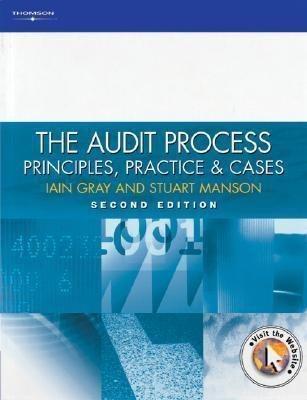


Polaski Company manufactures and sells a single product called a Ret. Operating at capacity, the company can produce and sell 48,000 Rets per year. Costs associated with this level of production and sales are given below: Direct materials Direct labor Variable manufacturing overhead Fixed nanufacturing overhead Variable selling expense Fixed selling expense Total cost Unit $ 15 8 3 5 4 6 $ 41 Total $ 720,000 384,000 144,000 240.000 192,000 288,000 $ 1,968,000 The Rets normally sell for $46 each. Fixed manufacturing overhead is $240,000 per year within the range of 39,000 through 48,000 Rets per year. Required: 1. Assume that due to a recession, Polaski Company expects to sell only 39,000 Rets through regular channels next year. A large retail chain has offered to purchase 9,000 Rets if Polaski is willing to accept a 16% discount off the regular price. There would be no sales commissions on this order, thus, variable selling expenses would be slashed by 75%. However, Polaski Company would have to purchase a special machine to engrave the retail chain's name on the 9,000 units. This machine would cost $18,000. Polaski Company has no assurance that the retail chain will purchase additional units in the future. What is the financial advantage (disadvantage) of accepting the special order? (Round your intermediate calculations to 2 decimal places.) 2. Refer to the original data. Assume again that Polaski Company expects to sell only 39,000 Rets through regular channels next year. The U.S. Army would like to make a one-time-only purchase of 9,000 Rets. The Army would pay a fixed fee of $1.60 per Ret, and it would reimburse Polaski Company for all costs of production (variable and fixed) associated with the units. Because the army would pick up the Rets with its own trucks, there would be no variable selling expenses associated with this order. What is the financial advantage (disadvantage) of accepting the U.S. Army's special order? 3. Assume the same situation as described in (2) above, except that the company expects to sell 48,000 Rets through regular channels next year. Thus, accepting the U.S. Army's order would require giving up regular sales of 9,000 Rets. Given this new information, what is the financial advantage (disadvantage) of accepting the U.S. Army's special order? 1. 2. 3 Birch Company normally produces and sells 48,000 units of RG-6 each month. The selling price is $20 per unit, variable costs are $10 per unit, fixed manufacturing overhead costs total $170,000 per month, and fixed selling costs total $44,000 per month. Employment-contract strikes in the companies that purchase the bulk of the RG-6 units have caused Birch Company's sales to temporarily drop to only 11,000 units per month. Birch Company estimates that the strikes will last for two months, after which time sales of RG-6 should return to normal. Due to the current low level of sales, Birch Company is thinking about closing down its own plant during the strike, which would reduce its fixed manufacturing overhead costs by $49,000 per month and its fixed selling costs by 10%. Start-up costs at the end of the shutdown period would total $13,000. Because Birch Company uses Lean Production methods, no inventories are on hand. Required: 1. What is the financial advantage (disadvantage) if Birch closes its own plant for two months? 2. Should Birch close the plant for two months? 3. At what level of unit sales for the two-month period would Birch Company be indifferent between closing the plant or keeping it open? (Prepared from a situation suggested by Professor John W. Hardy) Lone Star Meat Packers is a major processor of beef and other meat products. The company has a large amount of T-bone steak on hand, and it is trying to decide whether to sell the T-bone steaks as they are initially cut or to process them further into filet mignon and the New York cut. If the T-bone steaks are sold as initially cut, the company figures that a 1-pound T-bone steak would yield the following profit. $ 2.00 Selling price ($2.00 per pound) Less joint costs incurred up to the split-ott point where T-bone steak can be identified as a separate product Profit per pound 1.40 $ 0.60 If the company were to further process the T-bone steaks, then cutting one side of a T-bone steak provides the filet mignon and cutting the other side provides the New York cut. One 16-ounce T-bone steak cut in this way will yield one 6-ounce filet mignon and one 8-ounce New York cut; the remaining ounces are waste. It costs $0.16 to further process one T-bone steak into the filet mignon and New York cuts. The filet mignon can be sold for $4.00 per pound, and the New York cut can be sold for $3.90 per pound. Required: 1. What is the financial advantage (disadvantage of further processing one T-bone steak into filet mignon and New York cut steaks? 2. Would you recommend that the T-bone steaks be sold as initially cut or processed further









